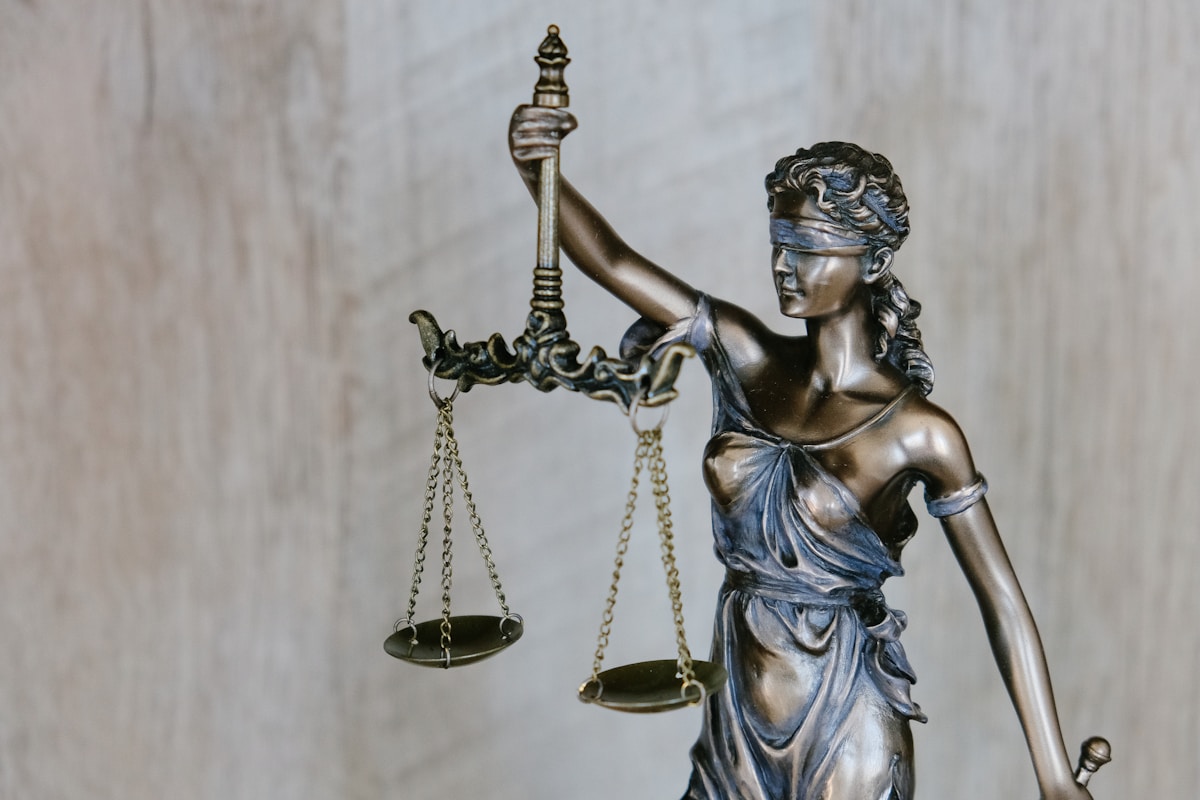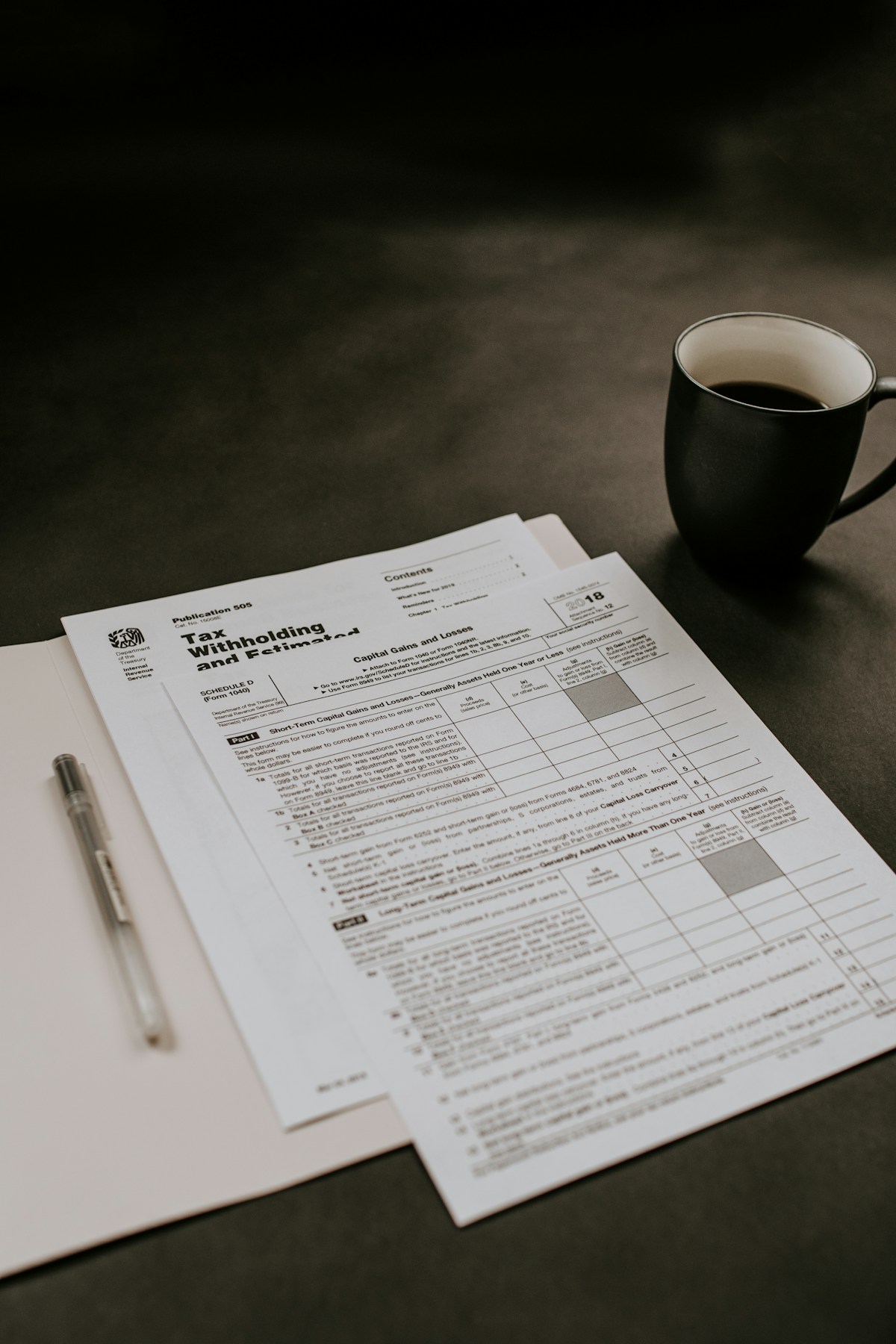Understanding your legal rights when faced with environmental pollution affecting your property or health.
When pollution affects your property, health, or community, environmental law provides crucial pathways to protect your rights and seek remedies. Pollutants from industrial facilities, agricultural operations, or improper waste disposal can contaminate air, water, and soil, potentially causing property damage, health issues, and reduced quality of life. This comprehensive guide outlines the legal frameworks, practical steps, and strategic considerations for individuals and communities confronting pollution cases.
Understanding Environmental Pollution: Types and Sources
Before pursuing legal action, it's essential to understand the specific type of pollution affecting you:
Air Pollution
Common forms of air pollution include:
- Particulate matter - Tiny particles suspended in air that can penetrate lungs and bloodstream
- Volatile organic compounds (VOCs) - Gases emitted from certain solids and liquids
- Nitrogen oxides and sulfur dioxide - Gases from combustion processes
- Ground-level ozone - Created by chemical reactions between pollutants in sunlight
- Odors - Nuisance smells from industrial or agricultural operations
Common sources include industrial facilities, power plants, vehicle emissions, agricultural operations, and construction activities.
Water Pollution
Water pollution can affect surface water (rivers, lakes, oceans) and groundwater (aquifers, wells) through:
- Chemical contaminants - Industrial chemicals, pesticides, petroleum products
- Biological contaminants - Bacteria, viruses, parasites
- Nutrient pollution - Excess nitrogen and phosphorus causing algal blooms
- Sediment - Soil and particulate matter from erosion
- Thermal pollution - Artificial changes in water temperature
Sources often include industrial discharges, agricultural runoff, municipal sewage, mining operations, and oil spills.
Soil Contamination
Soil can be contaminated through:
- Heavy metals - Lead, arsenic, mercury, cadmium
- Petroleum hydrocarbons - Oil, gasoline, diesel fuel
- Pesticides and herbicides - Agricultural and residential chemicals
- Industrial chemicals - PCBs, dioxins, solvents
- Improper waste disposal - Landfill leachate, illegal dumping
Common sources include industrial sites, gas stations, dry cleaners, landfills, and agricultural operations.
Environmental Law Framework
Environmental law in the United States operates through a complex system of federal, state, and local regulations.
Federal Environmental Laws
Key federal statutes that may apply to pollution cases include:
- Clean Air Act (CAA) - Regulates air emissions from stationary and mobile sources
- Clean Water Act (CWA) - Regulates discharges of pollutants into waters and sets water quality standards
- Resource Conservation and Recovery Act (RCRA) - Governs the management of solid and hazardous waste
- Comprehensive Environmental Response, Compensation, and Liability Act (CERCLA/Superfund) - Addresses abandoned hazardous waste sites and spills
- Safe Drinking Water Act (SDWA) - Protects public drinking water supplies
- Toxic Substances Control Act (TSCA) - Regulates the introduction and use of potentially dangerous chemicals
State and Local Environmental Laws
States and municipalities often have their own environmental regulations that may be more stringent than federal standards:
- State environmental protection agencies enforce both federal and state environmental laws
- Many states have enacted "mini" versions of federal laws with additional requirements
- Local ordinances may address issues such as noise pollution, odors, and land use
Regulatory Agencies
Multiple agencies oversee environmental compliance:
- Environmental Protection Agency (EPA) - Primary federal agency responsible for environmental protection
- State environmental agencies - Such as the California Air Resources Board or New York State Department of Environmental Conservation
- Local environmental health departments - Address community-level concerns
Legal Rights and Remedies for Pollution Victims
If you believe you've been harmed by pollution, several legal approaches are available:
Administrative Remedies
Often the first line of recourse:
- Filing complaints with relevant regulatory agencies
- Participating in public hearings regarding permits or enforcement actions
- Requesting facility inspections from environmental regulators
- Petitioning for rulemaking to address regulatory gaps
Advantages include lower costs, agency expertise, and potential for broad remedial action. Disadvantages may include slow response times and limited individual compensation.
Civil Litigation
Private lawsuits can take several forms:
- Statutory citizen suits - Many environmental statutes include provisions allowing citizens to sue violators
- Common law tort claims - Including:
- Nuisance (interference with use and enjoyment of property)
- Trespass (physical invasion of property)
- Negligence (failure to exercise reasonable care)
- Strict liability (for abnormally dangerous activities)
- Toxic torts (for personal injury from exposure to hazardous substances)
- Property damage claims - For loss of property value or costs of cleanup
Class Action Lawsuits
When pollution affects multiple people, a class action may be appropriate:
- Allows individuals with similar claims to join together in a single lawsuit
- Particularly useful when individual damages are relatively small but collectively significant
- Requires meeting specific requirements for certification as a class
- Can provide greater leverage in settlement negotiations
Building Your Case: Evidence and Documentation
Strong evidence is crucial in environmental cases:
Documenting Pollution and Its Effects
- Photographs and videos - Visual evidence of pollution sources, discharges, and effects
- Detailed written records - Journal entries noting dates, times, descriptions of events, and impacts
- Medical records - Documentation of health problems potentially linked to exposure
- Property records - Evidence of property damage or diminished value
Environmental Testing and Sampling
- Professional testing - Using certified environmental consultants to collect and analyze samples
- Chain of custody - Properly documenting sample collection, transport, and testing
- Baseline comparisons - Comparing contaminated areas with similar unaffected areas
- Reference to standards - Relating findings to regulatory standards or health guidelines
Expert Witnesses
Environmental cases typically require specialized expertise:
- Environmental scientists - To document and explain contamination
- Toxicologists - To address health impacts of exposure
- Medical professionals - To link health conditions to environmental exposures
- Property appraisers - To quantify property value losses
- Regulatory experts - To testify about compliance issues
Strategic Considerations for Environmental Cases
Environmental litigation involves several strategic considerations:
Statute of Limitations
- Time limits for filing claims vary by jurisdiction and type of action
- Discovery rule may delay the start of the limitations period until the pollution or its cause was discovered or should have been discovered
- Continuing violations theory may apply when pollution is ongoing
Standing Requirements
- To bring a lawsuit, plaintiffs must demonstrate:
- Concrete, particularized injury (actual or imminent)
- Causation (injury is fairly traceable to defendant's actions)
- Redressability (court decision could remedy the injury)
- Environmental organizations may establish standing based on harm to their members
Establishing Causation
One of the most challenging aspects of environmental cases:
- Must connect the defendant's activities to the specific pollution
- May require demonstrating the pathway from source to receptor
- Often requires sophisticated scientific evidence and expert testimony
- May involve distinguishing between multiple potential sources
Potential Defenses by Polluters
Anticipate common defense strategies:
- Compliance with permits - Arguing that all activities were authorized
- Regulatory preemption - Claiming federal law displaces state law claims
- Lack of causation - Challenging evidence linking pollution to damages
- Contribution of other sources - Blaming other facilities or natural conditions
- Statute of limitations - Arguing claims were filed too late
Remedies and Compensation
Environmental cases may result in various forms of relief:
Injunctive Relief
- Court orders requiring defendants to:
- Stop polluting activities
- Implement pollution controls
- Clean up contamination
- Monitor environmental conditions
- May be temporary (preliminary injunction) or permanent
Monetary Damages
- Property damage - Cost of repair or diminution in value
- Medical monitoring - Funding for ongoing health screening
- Personal injury - Compensation for illness or injury
- Loss of use and enjoyment - Compensation for inability to use property
- Cleanup costs - Reimbursement for remediation expenses
- Punitive damages - In cases of egregious misconduct
Settlements
Most environmental cases settle before trial:
- May include monetary compensation, cleanup commitments, and operational changes
- Often involve Supplemental Environmental Projects (SEPs) benefiting affected communities
- May establish long-term monitoring and reporting requirements
- Typically include releases from liability
Community-Based Approaches
Addressing environmental issues often benefits from collective action:
Community Organizing
- Forming neighborhood groups or environmental justice organizations
- Coordinating data collection and documentation efforts
- Sharing resources for environmental testing and legal assistance
- Generating public awareness and media attention
Working with Government Agencies
- Participating in public comment periods for permits and regulations
- Requesting public meetings with regulators and facility representatives
- Utilizing public records requests to gather information
- Engaging elected officials to address community concerns
Environmental Justice Considerations
- Recognizing that pollution disproportionately affects low-income communities and communities of color
- Identifying potential civil rights violations in environmental decision-making
- Leveraging Executive Order 12898 requiring federal agencies to address environmental justice
- Participating in environmental justice initiatives at federal and state levels
Alternative Dispute Resolution
Environmental disputes may be resolved through non-litigation approaches:
Mediation
- Neutral third party facilitates negotiation between affected parties and alleged polluters
- Typically voluntary and non-binding
- Often more flexible and creative than court-imposed remedies
- May preserve relationships better than adversarial litigation
Arbitration
- Neutral arbitrator or panel makes binding decision
- May be faster and less expensive than court proceedings
- Often more private than public litigation
- May be required by contract in some situations
Working with Environmental Attorneys
Given the complexity of environmental law, specialized legal representation is valuable:
Finding the Right Attorney
- Look for attorneys with specific experience in environmental litigation
- Consider lawyers with relevant scientific or technical backgrounds
- Seek recommendations from environmental organizations
- Review past cases and outcomes
Fee Arrangements
- Contingency fees - Attorney receives percentage of recovery
- Hourly rates - Traditional billing based on time spent
- Hybrid arrangements - Combining reduced hourly rates with smaller contingency
- Pro bono representation - Free legal assistance for qualifying cases
Attorney-Client Relationship
- Clearly define goals and expectations
- Maintain regular communication about case developments
- Provide complete and accurate information
- Understand the litigation timeline and process
Preventive Measures and Future Trends
Beyond addressing existing pollution, consider forward-looking approaches:
Preventive Legal Strategies
- Reviewing and commenting on facility permit applications
- Participating in environmental impact assessment processes
- Advocating for stronger local environmental ordinances
- Negotiating good neighbor agreements with industrial facilities
Emerging Areas in Environmental Law
- Climate change litigation - Seeking remedies for greenhouse gas emissions and climate impacts
- PFAS contamination - Addressing "forever chemicals" in water supplies
- Environmental data rights - Expanding access to pollution information
- Rights of nature - Legal recognition of ecosystems' inherent rights
Navigating pollution cases requires patience, persistence, and strategic thinking. By understanding your rights, documenting impacts, seeking appropriate legal counsel, and considering multiple approaches, you can effectively address environmental harms and protect your health, property, and community. Remember that environmental challenges often benefit from collective action, as communities working together can achieve more comprehensive and lasting solutions than individuals acting alone.






